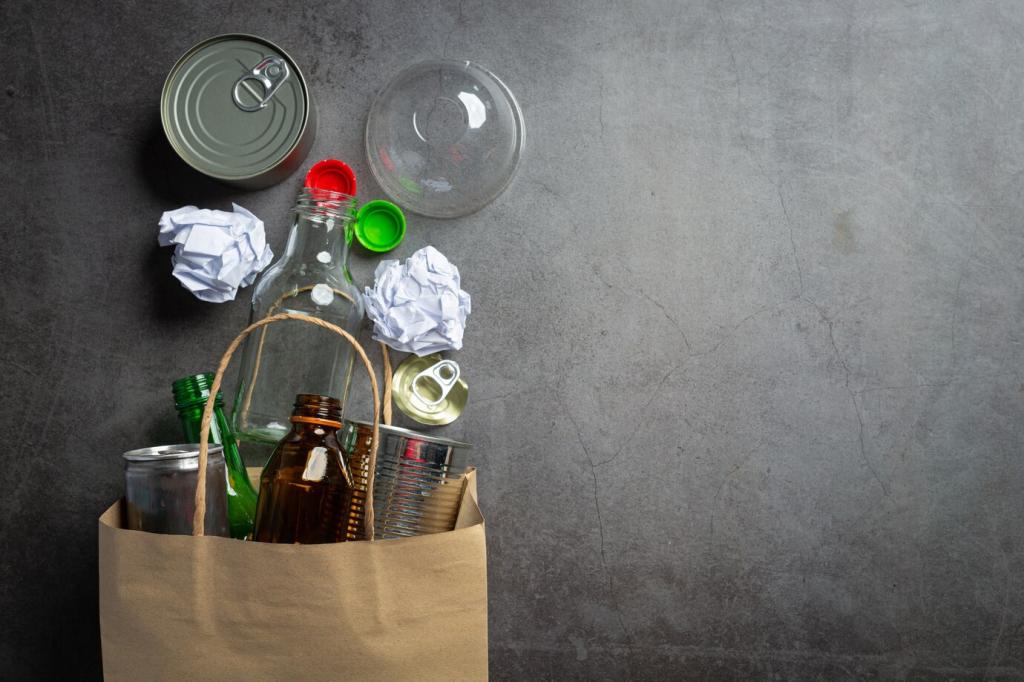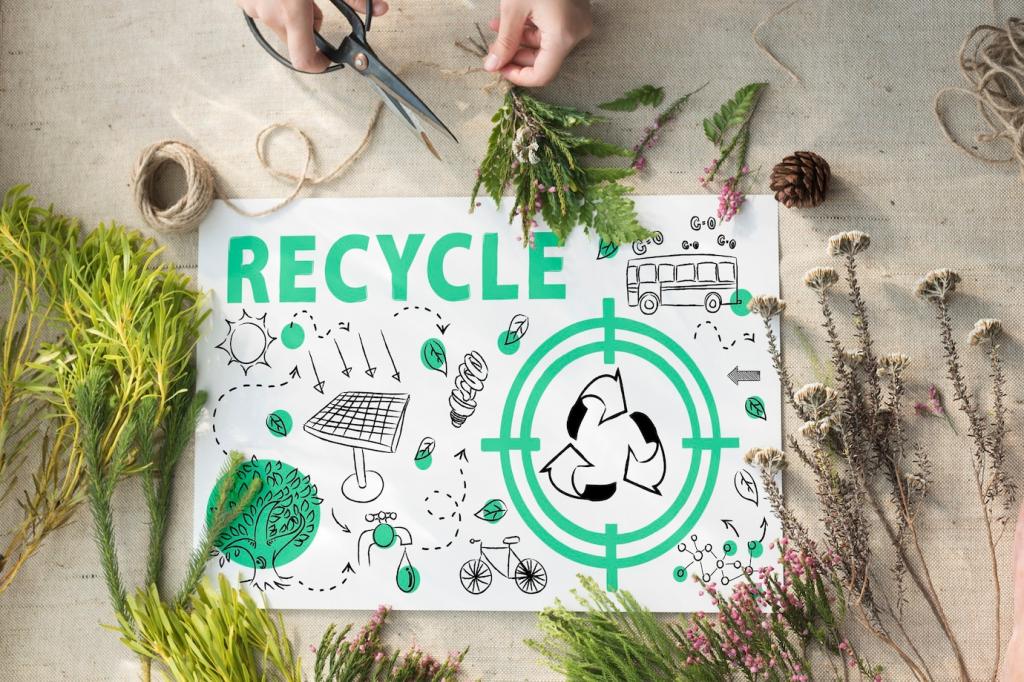Creating a sustainable home has never been more important, and innovative upcycling techniques are at the forefront of this eco-friendly movement. By transforming everyday waste into valuable items, homeowners can reduce their environmental impact while also adding unique charm and functionality to their living spaces. Upcycling goes beyond simple recycling by using creativity to add value and purpose to otherwise discarded materials, ensuring that nothing goes to waste and everything has the potential for a second life. This approach not only conserves resources but also inspires new ways of thinking about design, utility, and the future of sustainable living.

Transforming tired furniture with fresh paint and updated hardware is a straightforward yet impactful upcycling technique. By choosing eco-friendly, non-toxic paints and finishes, you can ensure that your efforts don’t compromise air quality or health. Swapping out old knobs, handles, or hinges for modern alternatives instantly rejuvenates dressers, cabinets, or tables. This approach not only adds a personalized style that matches your existing decor but also extends the life cycle of your furniture, keeping valuable materials in use far longer. As a result, rather than contributing to landfill waste, you create bespoke pieces with a story, learning new skills and reducing resource consumption along the way.

Old furniture does not need to remain in its original form. By disassembling and repurposing components, you can create modular pieces that serve multiple functions, adapting to the evolving needs of your household. For instance, headboards can become bench seating, and unused drawer units can be stacked and arranged into shelving or room dividers. This technique allows for maximum versatility, making small spaces more efficient and eliminating the need to buy new items. Each modular project is an opportunity to experiment with layout and design, placing sustainability and creativity at the core of your living environment.

Reviving vintage furniture through creative reupholstering is both sustainable and stylish. Source materials like denim scraps, old curtains, or leftover fabric samples to give chairs, sofas, and ottomans a brand-new appearance. Experimenting with patchwork, bold colors, or natural dyes enhances character while reducing textile waste. Upcycling with textiles gives homeowners the chance to celebrate individuality, encourage craftsmanship, and promote slow consumption. By tackling your own upholstery projects, you are not only customizing your space but also making a statement about the importance of revaluing resources in the home.
Everyday Household Item Transformation
Glass Jar Reinvention
Glass jars, often discarded after use, can be upcycled into a wide array of useful and decorative home items. Whether used for storage, as planters, or candle holders, the durability and transparency of glass make it perfect for creative repurposing. Cleaning and removing labels reveals a blank canvas, ready for personalization with paints, twines, or decals. Transforming glass jars extends their life and reduces the demand for new storage solutions made from plastics or less sustainable materials. Each reinvented jar becomes a testament to your commitment to a zero-waste lifestyle while adding charm and organization to kitchens, bathrooms, and beyond.
Tin Can Makeovers
Empty tin cans provide sturdy, versatile vessels for various upcycled projects around the home. They can be safely transformed into utensil holders, lanterns, or even small planters with just a few simple modifications. By sanding rough edges and adding decorative finishes, you ensure both safety and style. Upcycling tin cans reduces landfill contributions and harnesses the strength of metal for new purposes, making them particularly well-suited for organizing home offices, craft rooms, or outdoor patios. Through imaginative makeovers, these once-disposable items become durable, long-lasting household allies.
Repurposing Plastic Containers
Rather than disposing of plastic containers, homeowners can reimagine their uses creatively. Cutting, decorating, and combining containers can yield storage caddies, drawer organizers, or even playful indoor gardens perfect for growing herbs and succulents. This approach not only diverts plastic from oceans and landfills but also encourages resourcefulness and customization according to individual needs. Successfully upcycling plastic challenges perceptions about single-use materials, demonstrating the value of seeing possibilities beyond the original purpose and fostering a mindset of ingenuity throughout the home.
Previous
Next
